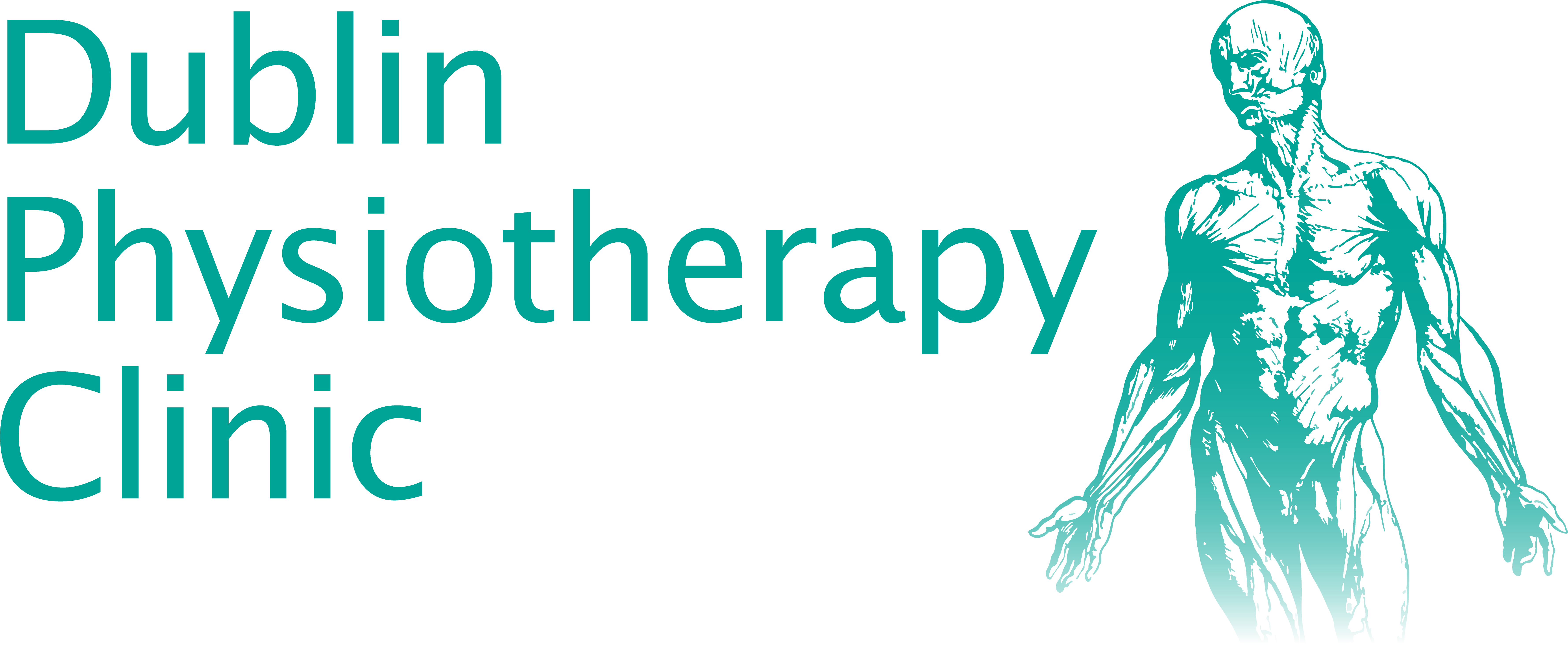In yet a new video, David Fitzgerald from Dublin Physiotherapy talks about a condition that isn’t discussed very often; Spinal Stenosis. For those who are not familiar with it already, spinal stenosis is a condition that very often slips under the radar, despite it being the end stage of a condition of gradual degenerative change.
Watch the video below if you want to hear more of what David has to say about this condition and, as always, keep reading this article for a summary of the vlog.
Why is Spinal Stenosis so hard to identify?
The reason this condition can slip under the radar is that it usually affects people who have a history of low back pain with significant periods of disability related to that. This means that what gradually happens over time is that the spine can self-stabilise; the more degenerative changes happen, the stiffer and thicker the joints get as the body responds by creating a thicker bone formation with the effect of solidifying the joints, almost fusing them. As you can imagine, this transformation has a few effects on the patient’s body; it, in fact, helps to stabilise the spine, reducing the acute episodes of pain that people might have complained of in the past, making it appear as a good thing. If it’s sustained over time, however, the extra bone formation can narrow the space for the nerve root or, more severely, compress the spinal cord. The latter is known as spinal cord compression and it is the worst case scenario in the event of a Spinal Stenosis.
The thing to look out for, generally speaking, is burning pain, usually a strong sign of nerve dysfunction. This could be a so-called neuropathy, or sensory neuropathy, a non-mechanical condition that causes burning pain, making the nerve sensitive. In a particular scenario of spinal stenosis there is usually a lot of history of recurrent back pain although, as the new symptoms are not similar to what they might have suffered when dealing with back pain, not many patients make the immediate connection between recurring back pain and spinal stenosis.
Other symptoms commonly found in patients suffering from Spinal Stenosis
Other symptoms also include heaviness in the legs, in particular with people who are standing or walking for long periods of time, therefore feeling the need to sit down and rest for a bit. When sitting down, in fact, you create an opening in your spinal area big enough for your nerve to feel relieved, immediately taking some of the accumulated pressure off your legs. This, of course, depends on the severity of the situation and, while some might feel better after sitting down for a few minutes, others might still suffer from symptoms of accumulated pressure on the nerves.
Once the pain starts becoming persistent and more frequent that’s when patients start paying more attention to it as this might indicate a more serious problem than accumulated fatigue after spending many hours walking or standing.
Quite often, David says, it takes some convincing before the patients accept that the pain is originating from the spine and that is because the symptoms are often commonly mistaken with circulatory problems in the legs or other musculoskeletal issues.
The hallmark of the finding is usually a very stiff spine on examination.
Treatments and solutions to Spinal Stenosis
From a physiotherapy point of view, sometimes patients can regain mobility around a stiff joint and it can be enough just to decompress the nerve tissue, stopping it from getting sensitive. This also means that, where the patient manages to regain mobility through physiotherapy, they won’t need to undergo a surgical operation to decompress the nerve.
Usually, if more radical intervention is required, it is usually done through a surgical procedure, whether if it’s facet joint locks or nerve root blocks. Spinal Stenosis is a condition practitioners see frequently, which can sometimes slip under the radar but hopefully, after the detailed explanation given in this video you will know enough to identify this condition if you’re ever affected from it.
So, that’s all for today’s topic. Make sure you watch David Fitzgerald’s video if you want to know more about Spinal Stenosis, from the causes to the possible treatments and don’t forget to keep an eye out for next week’s new video!





